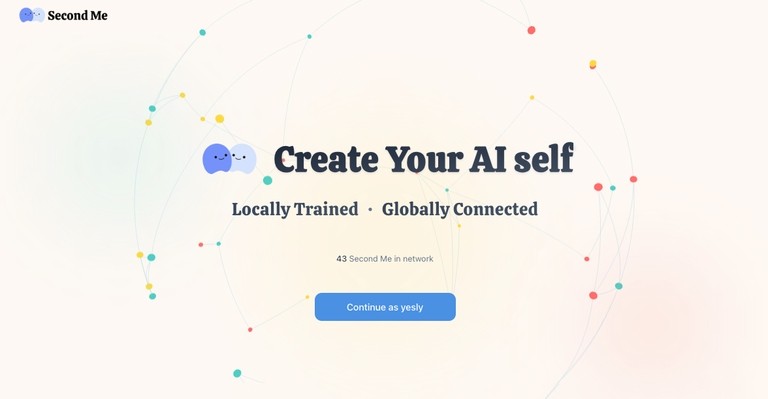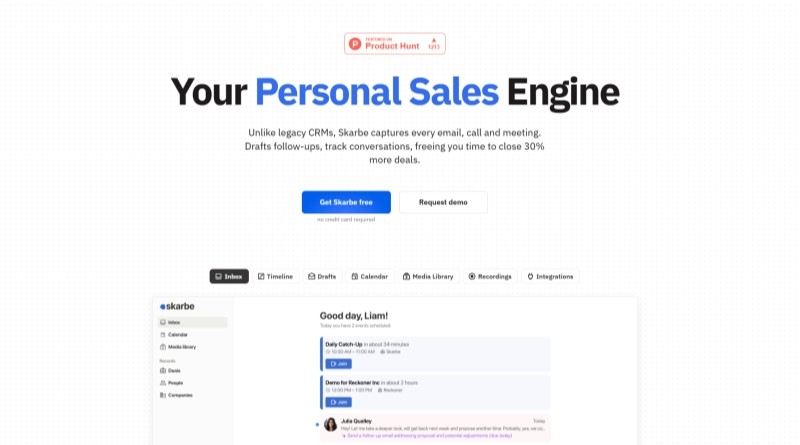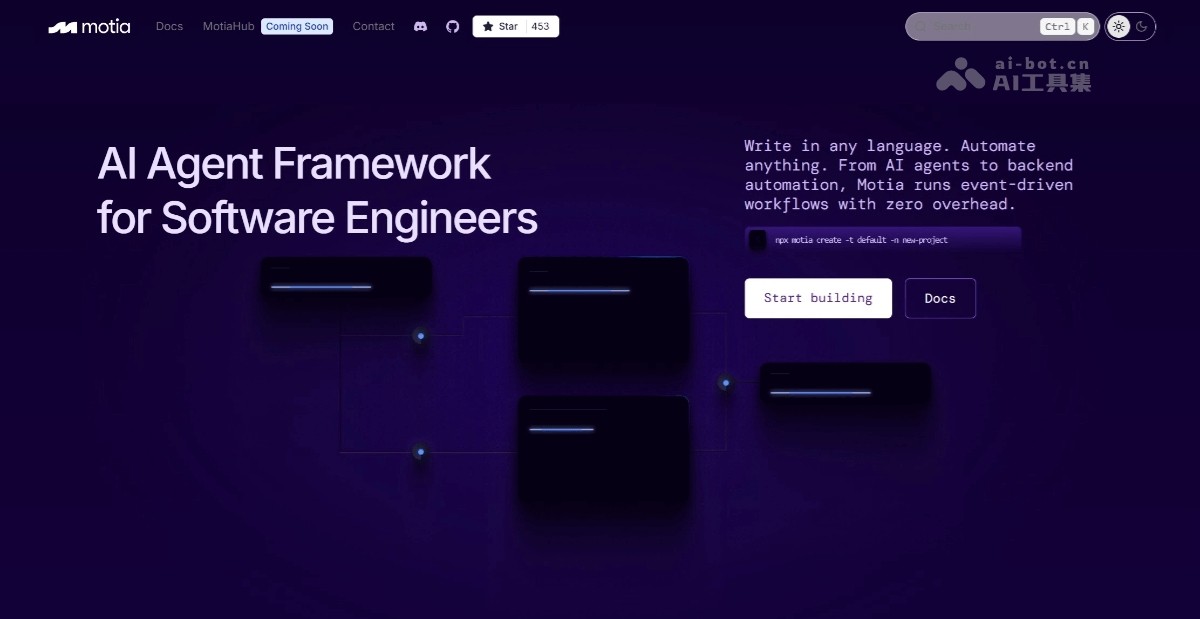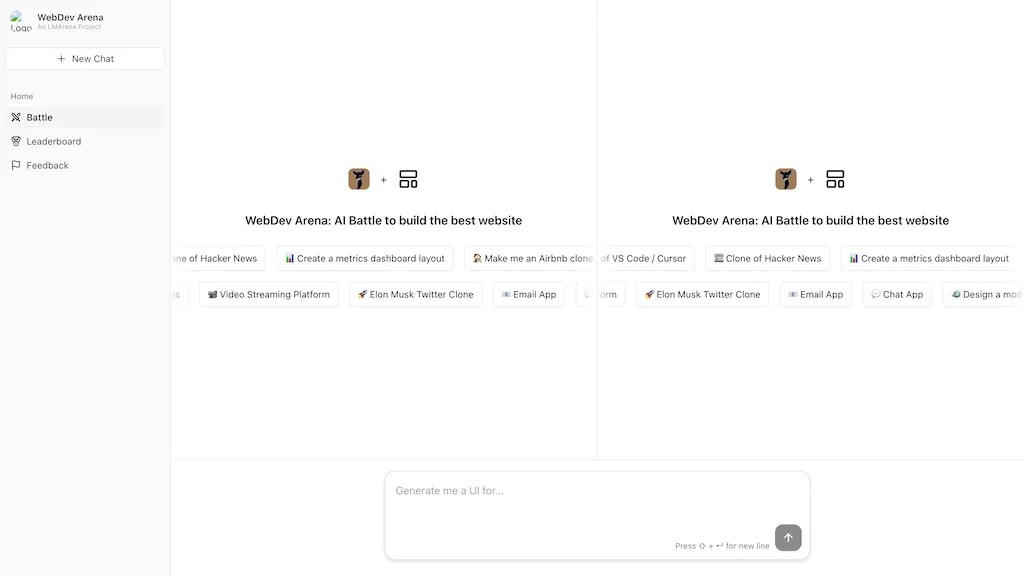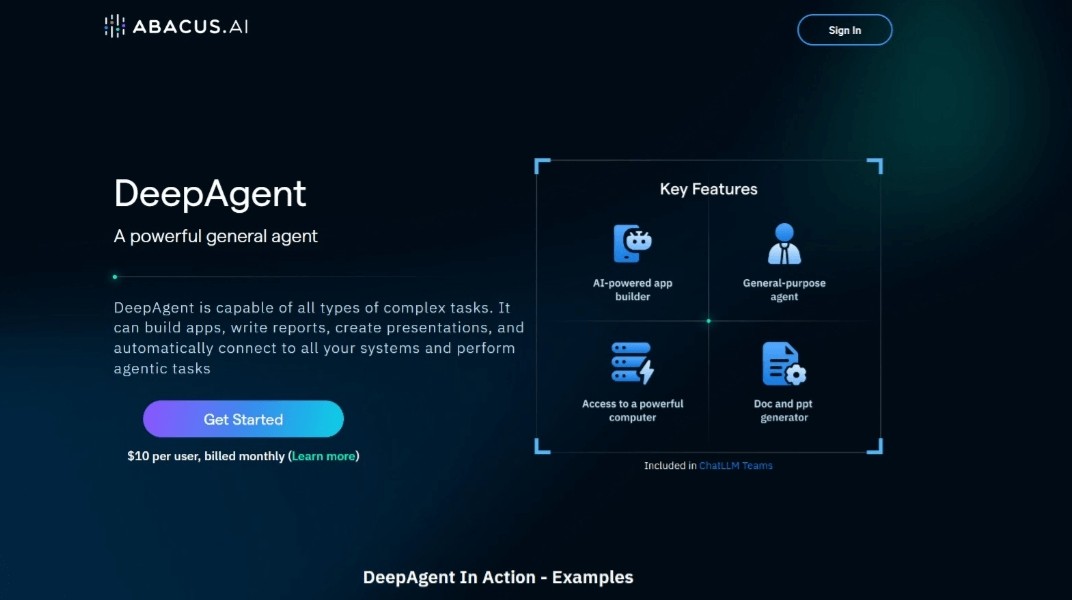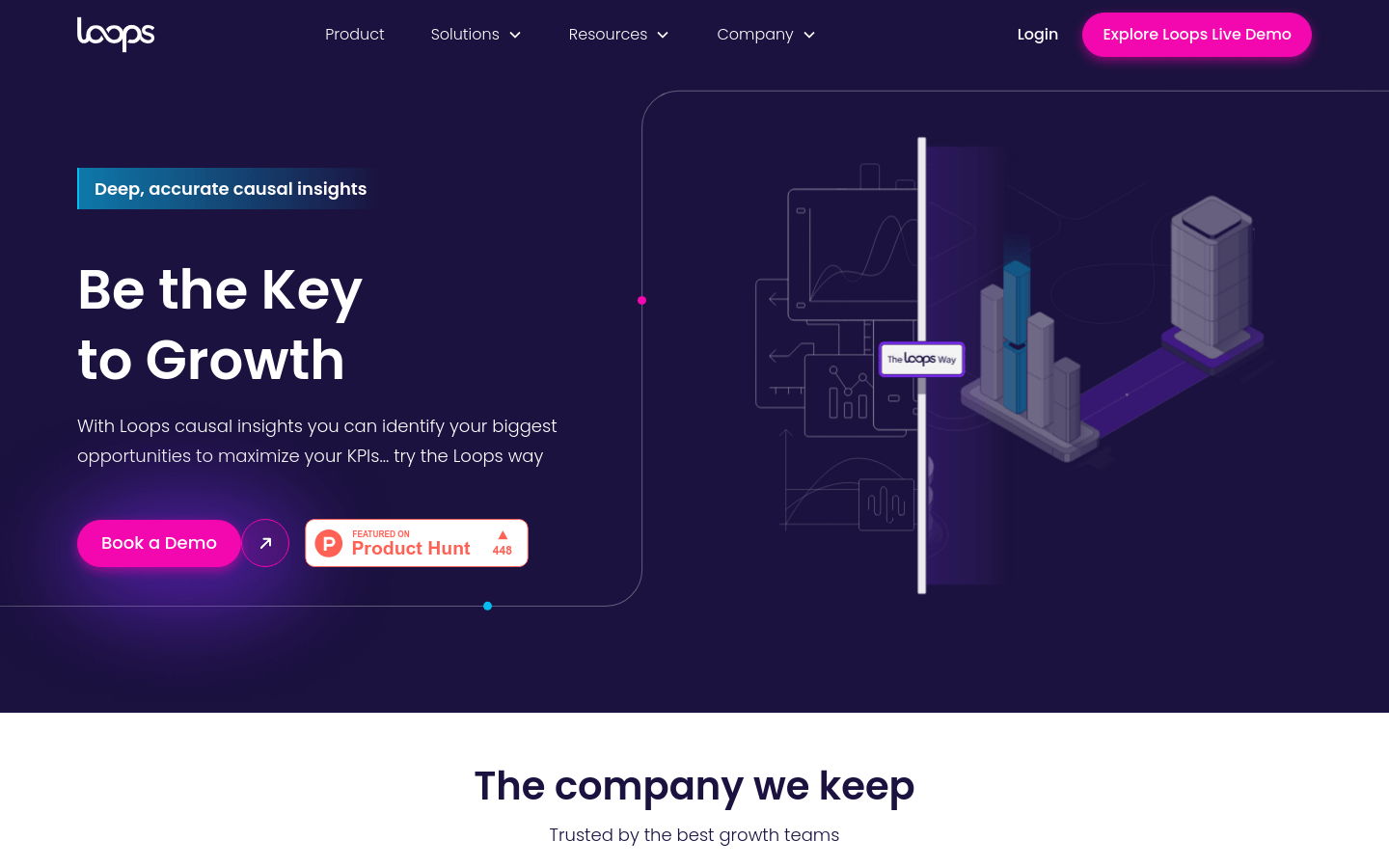
Loops is a data-driven product growth tool that helps companies identify key opportunities and optimize key performance indicators (KPIs) through causal inference models. It can track and identify changes in KPIs in real time, provide root cause analysis, and measure the impact of changes through simulated A/B testing. The technical advantage of Loops lies in its ability to quickly identify and analyze potential opportunities in data, thereby helping companies make more targeted decisions and improve product performance and user experience.
Demand group:
" Loops is suitable for data analysts, product managers, and business strategy teams. It helps these users quickly identify and optimize key metrics of their products by providing deep cause-and-effect insights to drive business growth."
Example of usage scenario:
Wahi uses Loops to gain causal insights, analyze impact, and improve its KPIs.
Atera's analysts detected specific modifications through Loops as the primary cause of the KPI drop and adjusted their view on the success of the new feature release, ultimately implementing a third round of updates that significantly improved conversion rates.
Chris Douglas, Scribd's former director of strategy and analytics, said Loops simplifies the process of translating customer behavior into business metrics, providing the most actionable insights.
Product features:
Track changes in KPIs in real time and quickly identify the reasons for KPI declines.
Automatically monitor all KPIs, identify trends and anomalies, and provide root cause analysis.
Use causal inference models to understand the reasons behind changes in KPIs.
Simulate and measure the impact of changes without A/B testing.
Show hidden user journeys and funnels, and analyze why users convert or churn.
Define and track top KPIs and push insights via Slack, MS Teams and email.
Goal-oriented tracking, early warning of target deviation, and timely adjustment of strategies.
Closed-loop assumptions prioritize and improve the success rate of product changes.
Usage tutorial:
1. Connect to your data warehouse and analytics solutions.
2. Select the KPIs you want to maximize.
3. Start gaining insights about your biggest opportunities.
4. Measure the impact of every change you make.
5. Define and track your top KPIs to ensure team members understand key insights and progress.
6. Use the closed-loop hypothesis priority function of Loops to improve the success rate of product changes.
7. Receive real-time insights and progress updates via Slack, MS Teams and email.
